From Shingles to Skylights: A Comprehensive Guide to Getting a New Roof
Getting a new roof is a significant investment and a crucial decision for any homeowner. Whether you're replacing an old, worn-out roof or installing a roof for a new construction, it's essential to approach the process with careful consideration and planning. Here's everything you need to know about getting a new roof:
1. Assessment and Planning: The first step in getting a new roof is to assess the condition of your existing roof and determine the scope of the project. Consider factors such as the age of the roof, signs of damage or deterioration, and your budget for the project. Decide whether you're simply replacing the existing roof or making any upgrades or modifications, such as adding skylights or improving insulation.
2. Choosing the Right Material: Selecting the right roofing material is crucial, as it will impact the durability, appearance, and maintenance requirements of your roof. Popular roofing materials include asphalt shingles, metal, wood shakes, slate, and clay tiles. Consider factors such as climate, architectural style, and budget when choosing the material that best suits your needs and preferences.
3. Hiring a Contractor: Unless you have experience in roofing installation, hiring a professional contractor is highly recommended for installing a new roof. Research and interview several roofing contractors to find a reputable and experienced professional. Look for contractors who are licensed, insured, and have a proven track record of quality workmanship. Ask for references and examples of past projects to ensure they meet your standards.
4. Obtaining Permits and Approvals: Depending on your location and the scope of the project, you may need to obtain permits or approvals from local building authorities before installing a new roof. Check with your municipality or homeowner's association to determine the requirements and ensure compliance with local regulations.
5. Scheduling the Installation: Once you've selected a contractor and finalized the details of the project, schedule the installation date for your new roof. Keep in mind that the timing of the installation may depend on factors such as weather conditions, contractor availability, and the complexity of the project. Plan ahead and coordinate with your contractor to ensure a smooth and timely installation process.
6. Preparing Your Home: Before the installation begins, take steps to prepare your home and property for the roofing project. Clear the area around your home of any obstacles or debris that could impede the installation process. Move vehicles, outdoor furniture, and other belongings away from the work area to ensure the safety of both workers and property.
7. Monitoring the Installation: During the installation process, it's essential to monitor the progress of the work and communicate with your contractor regularly. Stay informed about any unexpected challenges or changes to the timeline and address any concerns promptly. Inspect the workmanship and quality of materials to ensure they meet your expectations.
8. Completing the Project: Once the installation is complete, inspect the finished roof carefully to ensure it meets your satisfaction. Verify that all components, such as flashing, vents, and gutters, are properly installed and functioning correctly. Review any warranties or guarantees provided by the manufacturer or contractor and keep records of the installation for future reference.
Getting a new roof is a significant investment that requires careful planning, research, and coordination. By following these steps and working with experienced professionals, you can ensure a successful roofing project that enhances the beauty, functionality, and value of your home for years to come.





